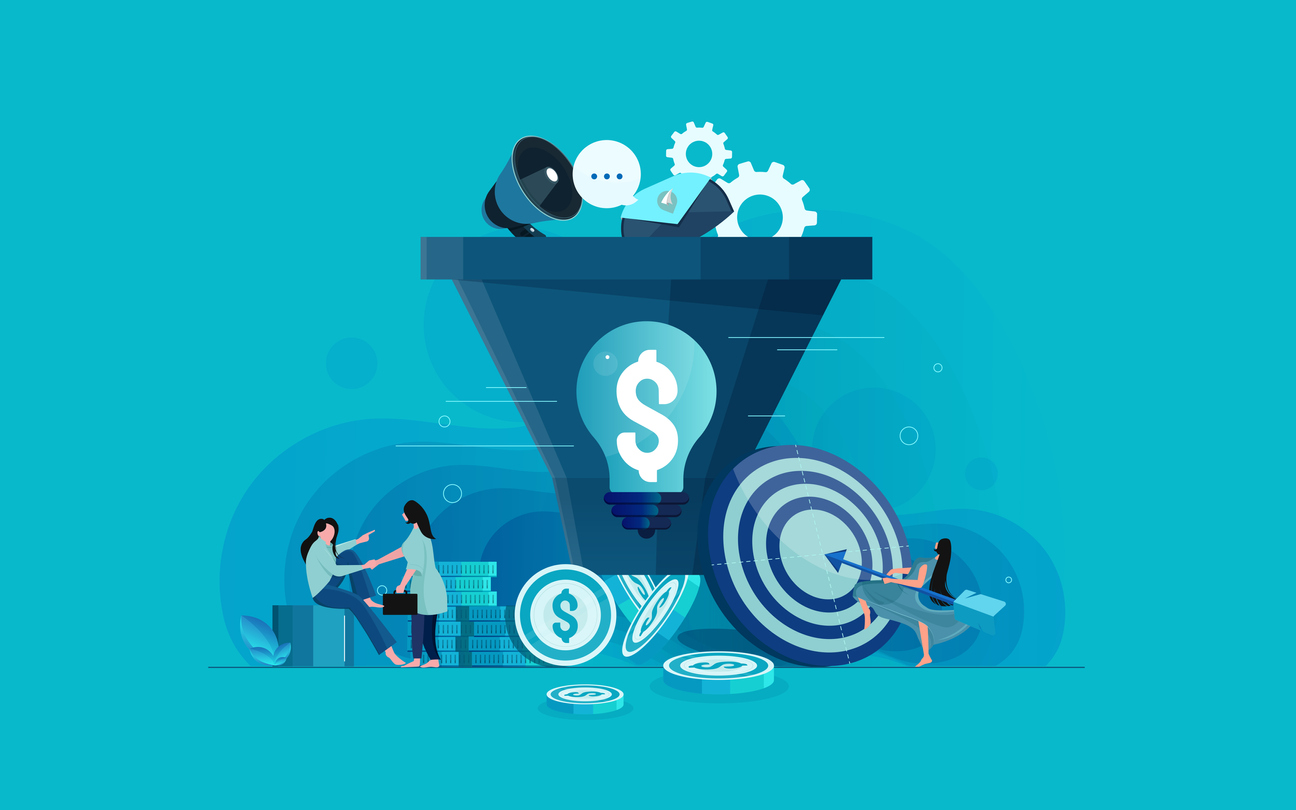Sales Funnel Success: How to Attract, Nurture, and Convert Leads
In the ever-evolving landscape of sales and marketing, the concept of a sales funnel is a staple in comprehending the client acquisition procedure. A sales funnel is a methodical approach that mirrors the purchaser’s journey from the very first interaction with your brand to the final action of purchasing. It’s a powerful structure that assists services in enhancing their sales procedure and tailoring their marketing efforts to line up with their consumers’ decision-making procedure.
What is a Sales Funnel?
At its core, a sales funnel is a model that represents the potential journey a customer might take toward the purchase of a product or service. It involves several stages:
- Awareness: The customer becomes aware of a need or problem and discovers your product or service as a potential solution.
- Interest: The customer shows interest by engaging with your brand, seeking more information about your product or service.
- Consideration: The customer considers your offering and evaluates how well it addresses their needs compared to other solutions.
- Intent: Demonstrating intent, the customer moves toward a decision, such as adding a product to a shopping cart or engaging in a sales conversation.
- Evaluation: The customer evaluates the offering, often through comparisons with competitors or by considering the value proposition.
- Purchase: The final stage, where the customer completes the transaction and makes the purchase.
Understanding these stages is critical for businesses to effectively guide potential customers through the funnel, leading to a successful sale and, ideally, to repeat business.
Optimizing Each Stage of the Sales Funnel
- Cultivate Awareness: Utilize content marketing, SEO, and social media strategies to create awareness. Educational content, infographics, and engaging social media posts can draw attention to the problems your products solve.
- Foster Interest: Once aware, customers look for more information. Here, targeted content, detailed blog posts, and email newsletters can provide deeper insights into your offerings.
- Enhance Consideration: At this stage, testimonials, case studies, and product demos can help the customer visualize the benefits of your product or service.
- Encourage Intent: Promotions, free trials, and consultations can convert interest into a strong intent to purchase. This is where you make the offer hard to refuse.
- Facilitate Evaluation: Provide comparisons, reviews, and additional sales support to aid in the customer’s evaluation process.
- Seal the Purchase: Simplify the purchase process, offer various payment options, and provide clear and compelling calls to action to complete the sale.
Key Strategies to Improve Your Sales Funnel
- Customer Understanding: Dive deep into customer data to understand their behaviors, preferences, and pain points. This information is crucial for creating targeted marketing campaigns.
- Content Personalization: Tailor content to different segments of your audience based on where they are in the funnel. Personalization can significantly improve engagement rates.
- Lead Scoring: Implement a lead scoring system to prioritize prospects who are more likely to convert, allowing your sales team to focus their efforts more effectively.
- Multi-Channel Marketing: Engage with potential customers across multiple platforms – from social media to email, to live chat – to maintain a presence throughout the customer journey.
- Follow-Up and Feedback: Post-purchase follow-up and feedback collection are vital. They help in understanding customer satisfaction and encourage repeat business and referrals.
- Use of CRM Tools: Invest in CRM tools to automate parts of the sales process, keep track of customer interactions, and analyze data to make informed decisions.
Challenges and Solutions in Sales Funnel Management
Managing a sales funnel is not without its challenges. One of the most significant hurdles is maintaining a consistent flow of qualified leads. To overcome this, businesses must continuously optimize their marketing strategies and stay adaptable to market changes. Another challenge is lead nurturing – not all leads are ready to buy immediately. Effective lead nurturing strategies, such as drip email campaigns and educational content, can keep your brand top-of-mind for when they are ready to make a purchase.
Conclusion
An optimized sales funnel is integral to any successful sales strategy. It requires a deep understanding of the customer’s journey and a commitment to continuously adapt and improve your approach. By effectively managing each stage of the funnel and employing the right strategies, businesses can improve their conversion rates, enhance customer loyalty, and drive growth.
This introduction provides a roadmap to establishing a detailed sales funnel strategy. For those seeking to dive deeper and carry out these ideas, a wealth of resources is readily available online to direct you through each action of the procedure. By embracing the sales funnel framework, organizations can create a more predictable and efficient path to creating profits and attaining sustainable growth.

